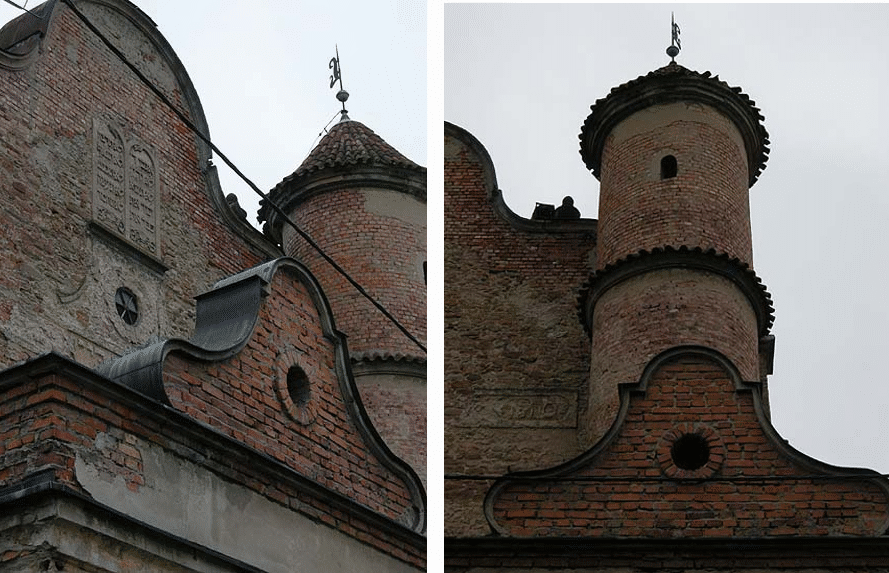
If you cross the Slovakian-Polish border at the Dukla Pass, and turn right at the earliest opportunity, you arrive to Lesko through a fifty kilometers long beautiful mountain road among the Beskides.
The town with five thousand inhabitants lays in the south-eastern projection of the country. From here the road leads only to the romantic Bieszczady mountains, up to the Ukrainian border. However, before the war here passed the road to Lwów from Cracow through Krosno or from Bártfa/Bardejov through the Dukla Pass. The merchants crossed the San river here or in the nearby Sanok. By the 16th century Lesko became an important center of trade and craftmanship.
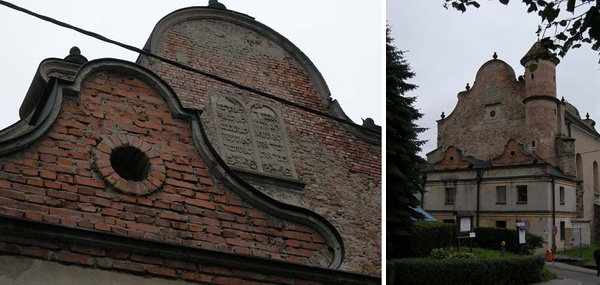
In 1436 the place got into the possession of Jan Kmita, Castellan of Przemy?l and Lwów, and the town still bears his coat of arms. Kmita’s grandfather was Castellan of Cracow, and his descendants also bore important offices, being Governors of Cracow, Belz, Sandomierz or Ruthenia. The Jewish community of Lesko prospered under their patronage.
The economic and social situation of the Jews in 16th and 17th-century Poland, writes Heiko Haumann in Das Geschichte der Ostjüden (1998), was incomparably more favorable than anywhere else in Europe. They became the connecting link between nobles and peasants, city and province. They virtually had the monopoly of the administration of the noble estates, and every other key economic activity – buying up grain, inn-keeping, sale of manufactured goods to the peasants – was in their hands as well. A common saying of the Polish noblemen had it: “A Polish nobleman is not complete without a Jew”, while the opinion of the Jews is summarized by the great 16th-century Talmud scholar Mose Isserles of Cracow: “One single slice of dry bread is better in this region where hatred does not dash over our heads than any amount in the German provinces.”
A speciality of the Lesko – in Yiddish Linsk – Jewish community was that they were not Ashkenazis immigrating from Germany but Spanish-speaking Sephards, a rarity in Poland. Later the town became a center for other Jewish communities as well, first of all for Hassids, as here was born Naftali Cvi, the Rabbi of Ropshitz, forefather of six Hassidic dynasties. The tomb of his father, the local rabbi in the cemetery of Lesko is still being visited by several pilgrims who leave on it kvittles, notes with requests.
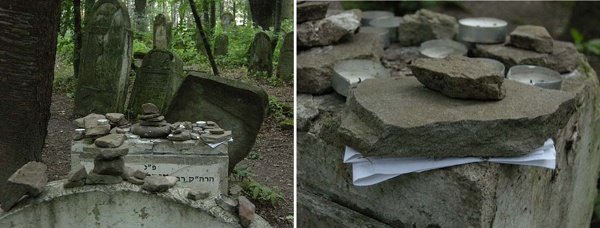
Each community had its own synagogue. The others, however, were all destroyed in 1942. Only the Sephardic synagogue has survived.
The Sephardic synagogue was built between 1626 and 1654 in the Mannerist style widespread all over Poland. Its facade behind the entrance hall is complemented by a round tower which, according to historical documents, was used as a prison for Jews – as the autonomy of the community also included the right of internal jurisdiction. Its carved Torah ark was made on the model of that of the Golden Rose synagogue of Lwów. However, in 1942 it was destroyed together with the complete furniture. Today only archive photos bear witness to its former conditions.
On the facade of the synagogue a verse taken from the Book of Genesis (28:17) announces:
«How dreadful is this place; it is but the house of God and the gate of heaven»
![]()
The German-Soviet border drawn in 1939 by the Molotov-Ribbentrop Pact followed the San river. Lesko fell to the Soviet side. Its Jewish population which was 60% of the city and 10% of its surroundings, was thus only deported from the middle of 1941, after the German invasion of the Soviet Union. A collecting ghetto was established in the town, whose inhabitants by the end of 1942 were taken to the extermination camp of Belzec.
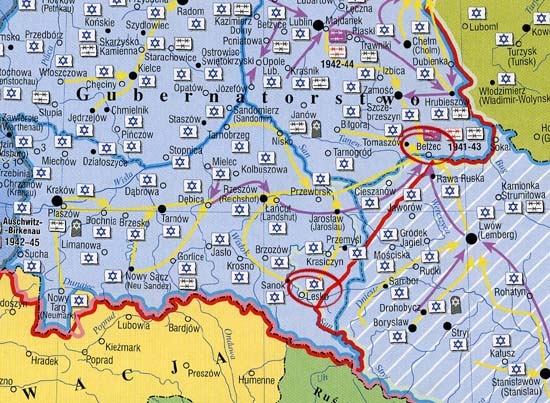
Their ashes now lay in a common grave in the cemetery of Lesko.
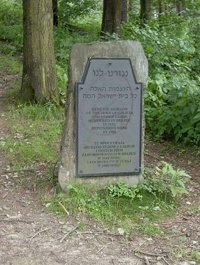
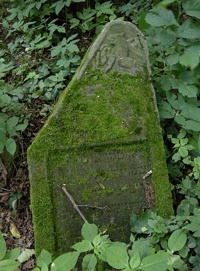
No Jew lives in Lesko today. The synagogue is a gallery for the artists of the neighborhood. In the cemetery – one of the most beautiful Jewish cemeteries of Eastern Poland, about which we will soon write –, overgrown by hip deep weed, the tombstones are slowly perishing.
Fuente: riowang.blogspot
 eSefarad Noticias del Mundo Sefaradi
eSefarad Noticias del Mundo Sefaradi

